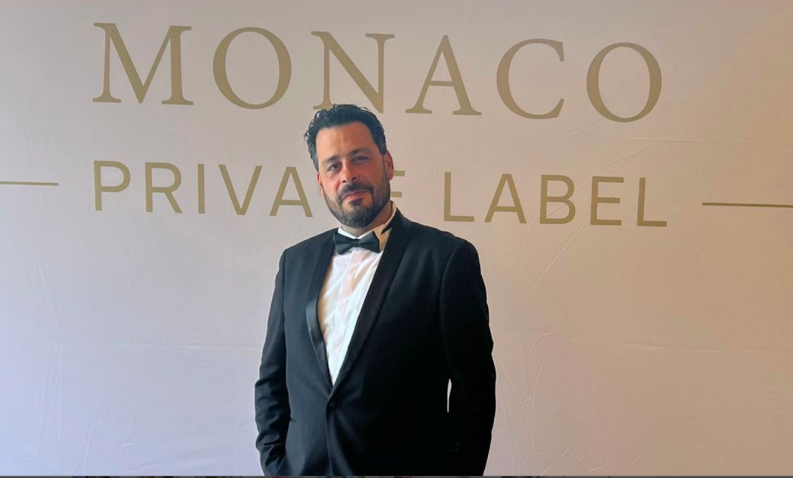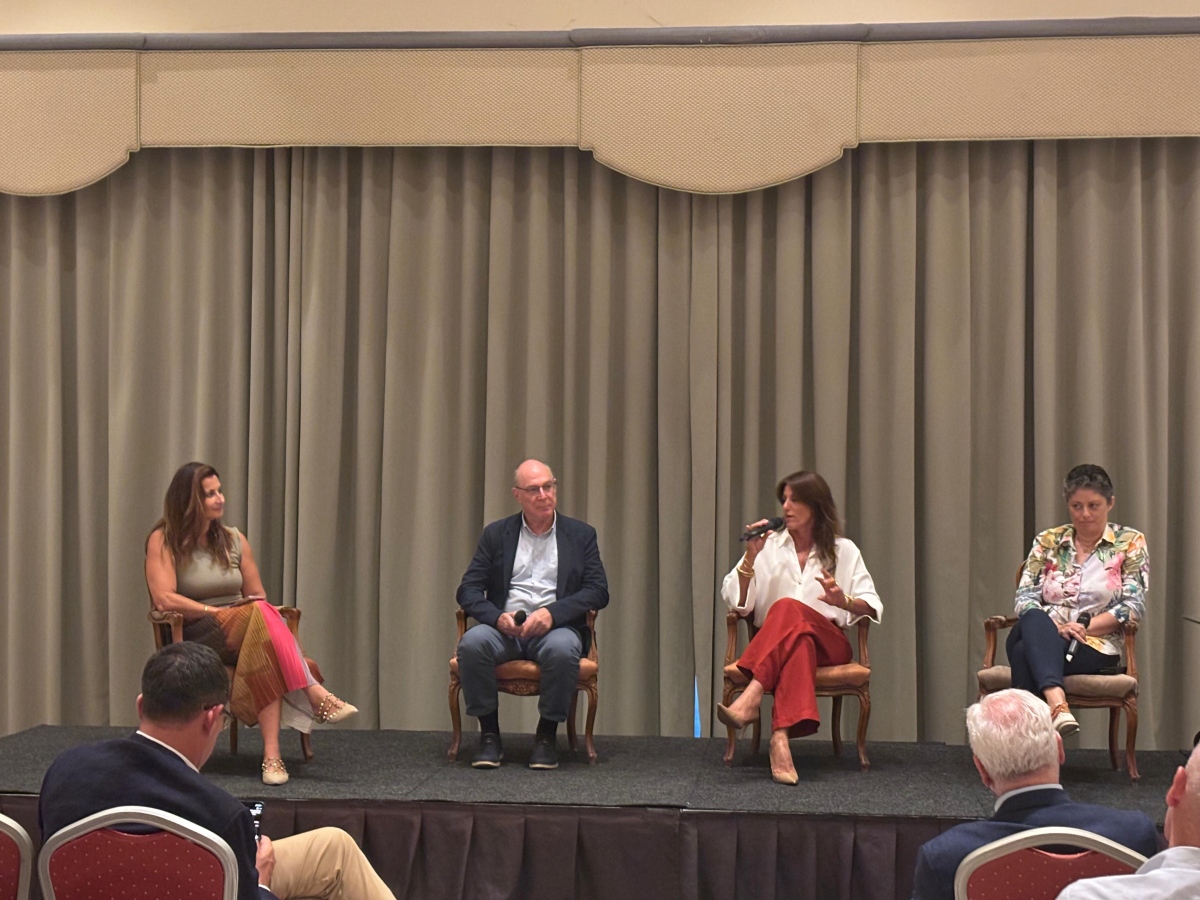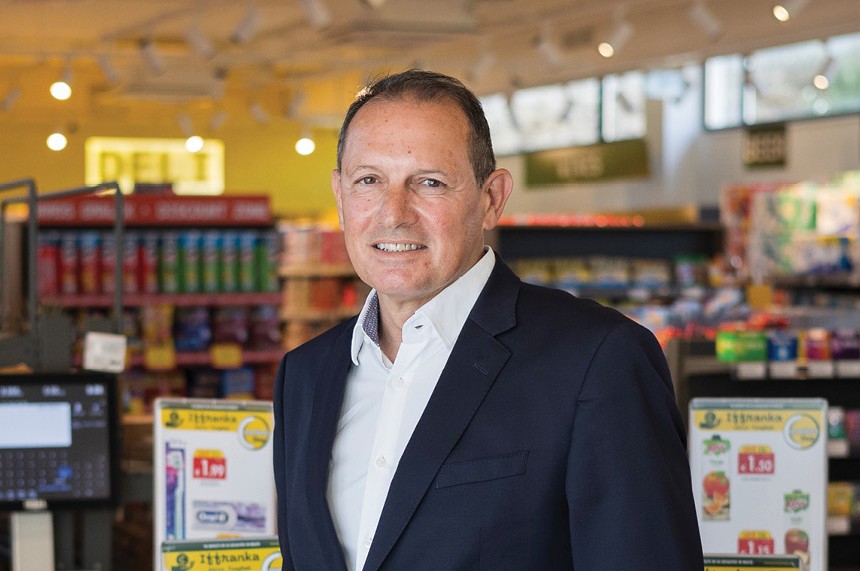As workforce expectations shift and the pace of change accelerates, business leaders who rethink how they hire will be better positioned to spot opportunities others miss.
More organisations are coming to the same conclusion: Traditional hiring models, built around CVs and university degrees, simply aren’t keeping up. Skills-based hiring is gaining ground – with around three-quarters of companies reportedly moving in that direction – but many still struggle to make it work in practice.
Unless businesses introduce smarter ways of assessing candidates, they risk expanding the talent pool without improving the ability to spot real potential.
The problem with hiring the “perfect CV”
There’s a common pitfall many companies fall into – hiring someone who looks ideal on paper but underdelivers in reality. A strong academic background or an impressive job title doesn’t guarantee someone will thrive in your particular environment. In fact, it can mask the absence of key traits like adaptability, curiosity, or collaborative skills.
On the flip side, candidates who could perform brilliantly – but who may not tick the usual boxes – never make it past the first filter. That mismatch isn’t just frustrating; it’s costly. Low engagement alone is estimated to cost the global economy trillions.
What’s more, when hiring relies heavily on formal qualifications, it tends to reproduce the same kinds of backgrounds and experiences. That limits diversity – not just in terms of demographics, but in ideas, perspectives, and problem-solving approaches. For companies looking to innovate, that’s a serious disadvantage.
A broader, better way to assess talent
Skills-based hiring, when done properly, looks beyond education and experience. It places emphasis on what a person can actually do – whether that’s through a skills assessment, a work sample, or a trial project.
But the real breakthrough comes when businesses add behavioural assessments to the mix. These tools help uncover how a candidate is likely to think, interact, and perform in different situations. Are they comfortable with ambiguity? Do they work best in teams or independently? Are they likely to stay calm under pressure?
By understanding behavioural traits, hiring decisions can be made with greater accuracy and alignment. Instead of relying on instinct or guesswork, companies can match individuals to roles that genuinely suit their natural strengths.
Building stronger teams from the inside out
This approach doesn’t just improve hiring outcomes – it also supports better talent development and internal mobility. When businesses understand their people on a deeper level, they’re better equipped to guide them into roles where they’ll thrive. That means more engaged employees, lower turnover, and stronger succession planning.
It also ensures that teams are built with a balance of skills and personalities. In a workplace shaped by digital transformation, soft skills like communication, adaptability, and emotional intelligence have become just as critical as technical expertise.
Research shows that business leaders are recognising this shift. Many are now reassessing their hiring strategies and talent policies to reflect the changing nature of work. The most forward-thinking companies are already combining technical and behavioural data to make more holistic decisions.
Looking ahead, organisations that embrace this kind of hiring model will have a clear advantage. Not only are they more likely to attract diverse and capable candidates, but they’re also creating workplaces that are fairer, more flexible, and better equipped for change.
For Maltese business leaders, this is a chance to lead by example. Moving to a skills-first, behaviour-aware approach is about more than just filling roles – it’s about building resilient, future-ready teams that drive long-term value.
‘We needed to evolve’ – The Convenience Shop CEO David Tabone on upcoming rebrand
‘By combining national strength with local familiarity, we’re building something far more than a chain of shops,’ says the CEO.
Alkagesta puts Malta on the map as global trading hub
CEO Orkhan Rustamov discusses how Alkagesta is transforming Malta from a regional bunkering stop into a global hub for energy ...
Bridging the empathy gap: A remote CEO on leading teams across time zones
How does a leader ensure their team remains aligned, motivated, and bought into key decisions when face-to-face interaction is rare?
Malta’s women in aviation celebrated in upcoming awards
'We are incredibly proud of what we’ve achieved in our first year.'









